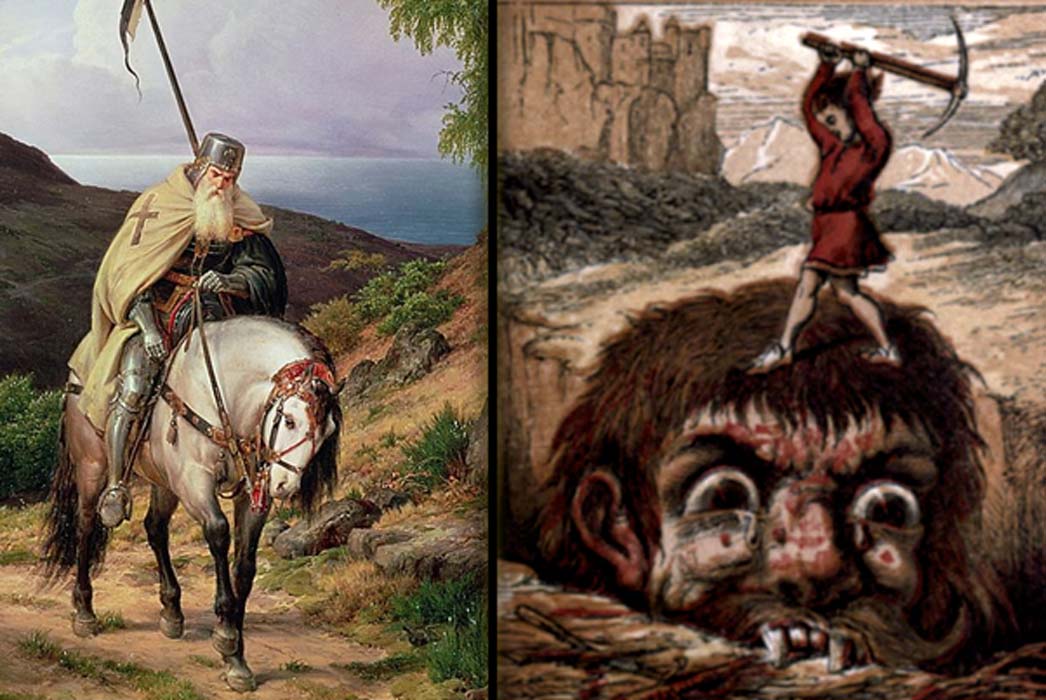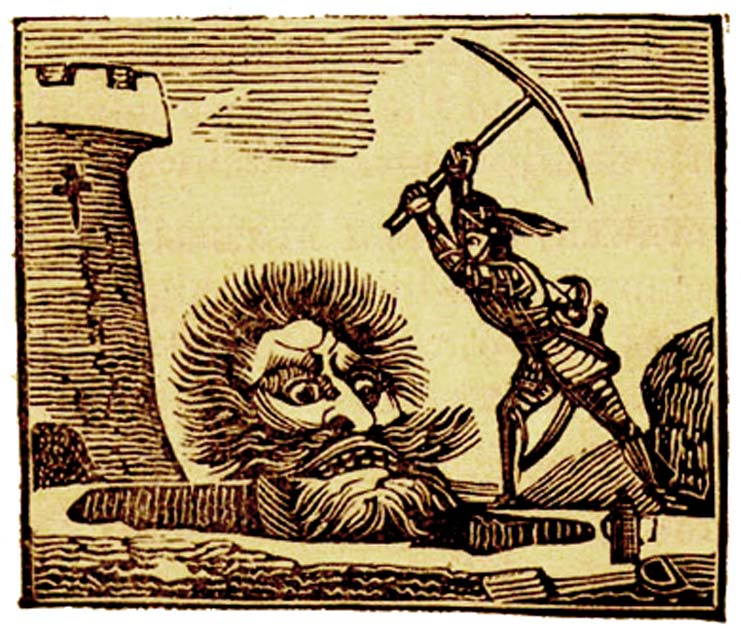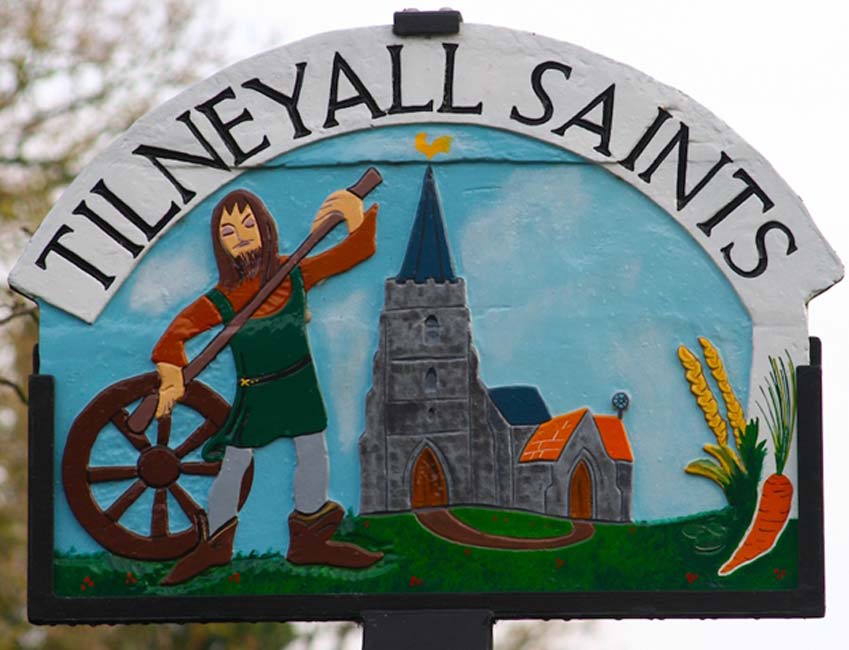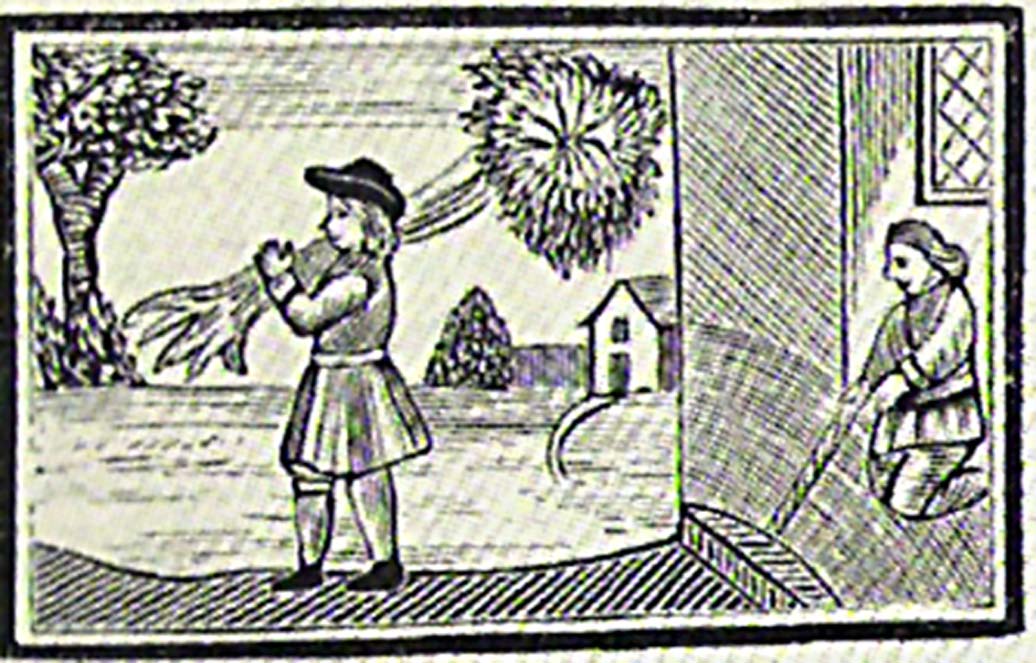
Tom Hickathrift - the Crusader who became Jack the Giant Killer
Many of you will be familiar with the legend or fairy-tale of Jack the Giant Killer and, in England, the popular Christmas pantomime Jack and the Beanstalk. But, Jack is a relatively recent invention, first recorded in pamphlets and chapbooks in the early 18th Century, whereas a century previously, in the early 1600s, the giant-slaying hero was a certain Tom Hickathrift. (Most of the chapbook illustrations show Tom in contemporary 17th century clothing.)

Jack kills the giant, Cormoran. (Public Domain)
Legendary Lazy Boy
“Before the days of William the Conqueror” (in other words pre-AD 1066, which is a convenient way for storytellers to say it was a long, long time ago, before there were any records to dispute the accuracy of the tale) Tom lived near the town of Wisbech, in the East of England, in the Lincolnshire-Norfolk Fens. Like the later Jack, Tom was a lazy boy living with his widowed mother who struggled to provide enough food for the both of them. In the case of Tom, the problem was exacerbated by the fact he was a big lad – some versions of the story say by the time he was ten years old, he was already seven or eight feet tall – with an even bigger appetite “eating enough for five grown men”.

Village sign for Tilneyall Saints (Photo © Charles Christian)
From an early age, he was also very strong. One story has him helping a local farmer stack logs in a barn and by way of payment Tom asks for “some sticks” for his mother’s fire. Being lazy, rather than spend time bundling up firewood, he picks up an entire oak tree and takes that home. In another story, his mother asks him to beg some straw for their livestock from another farmer. “Take as much as you can carry,” says the farmer, so Tom unravels a long piece of rope and uses it to tie up a bundle of straw weighing “twenty hundred-weight” (one ton), slings it over his back and carries that home too.

Tom and Firewood (Public Domain)
Eventually Tom Hickadrift gets a job working for a local brewer delivering beer from King’s Lynn to Wisbech. The route takes him around the edge of the Smeeth (a large area of common land belonging to “the Seven Towns of the Marshland,” namely what are now the villages of Walpole St Peter, Walsoken, West Walton, Terrington, Clenchwarton, Emneth, and Tilney All Saints). But, why around the edge?




